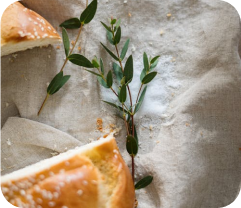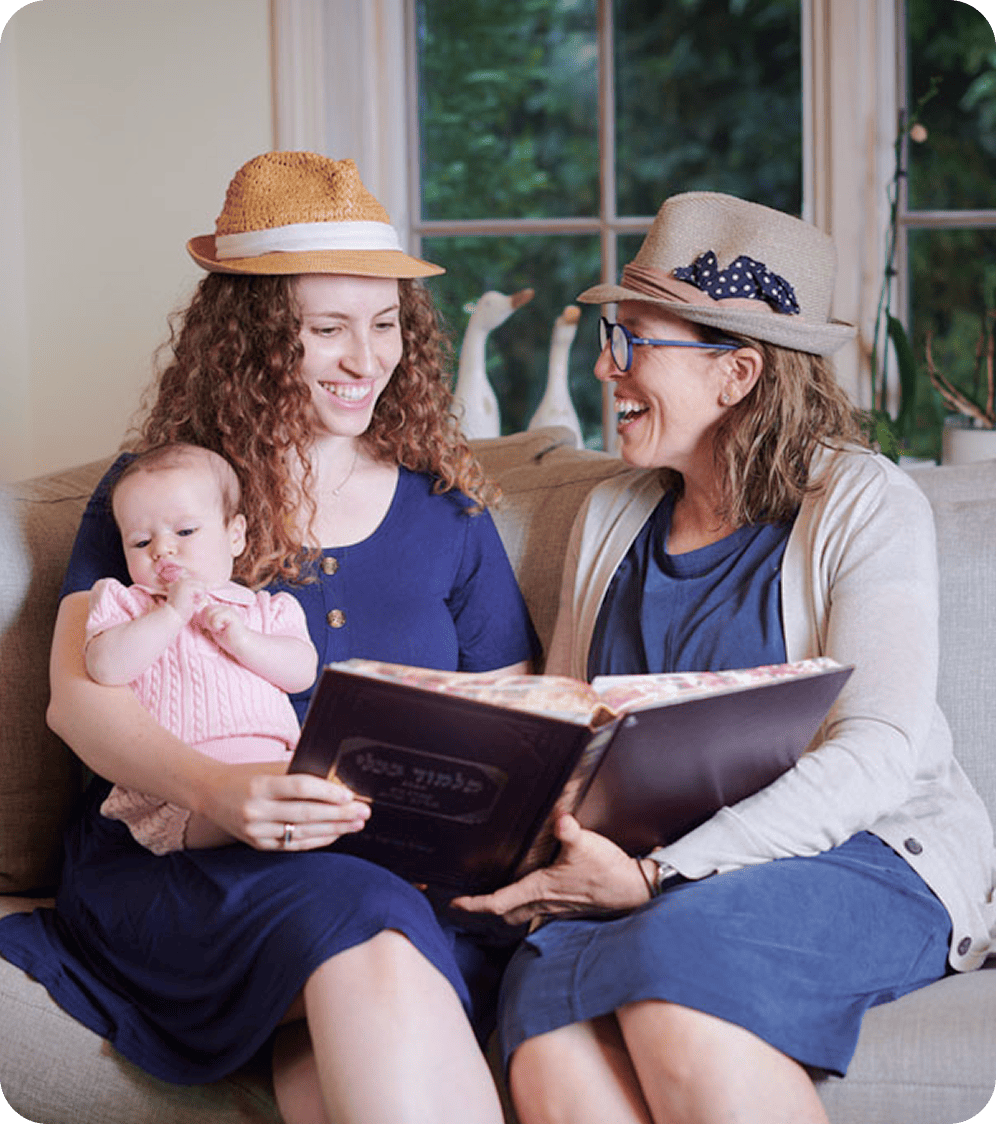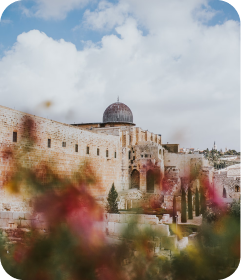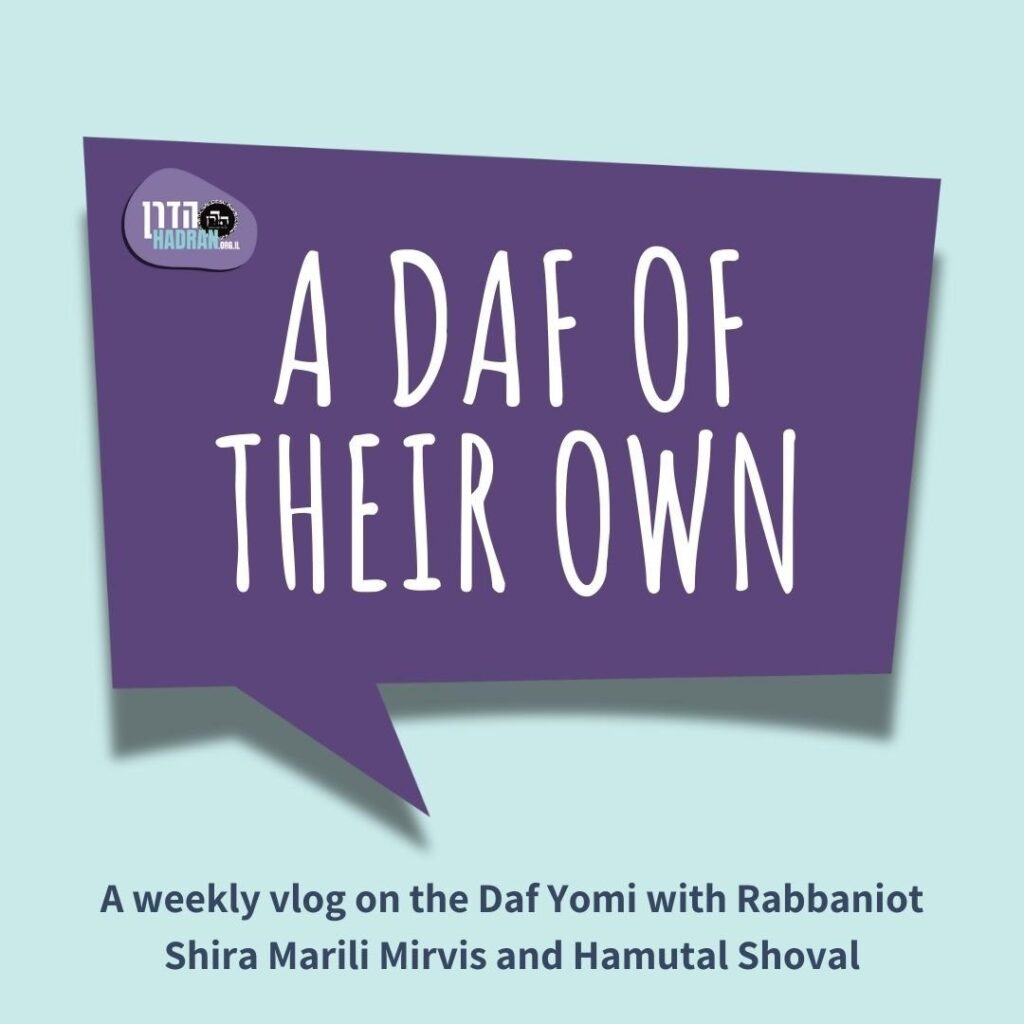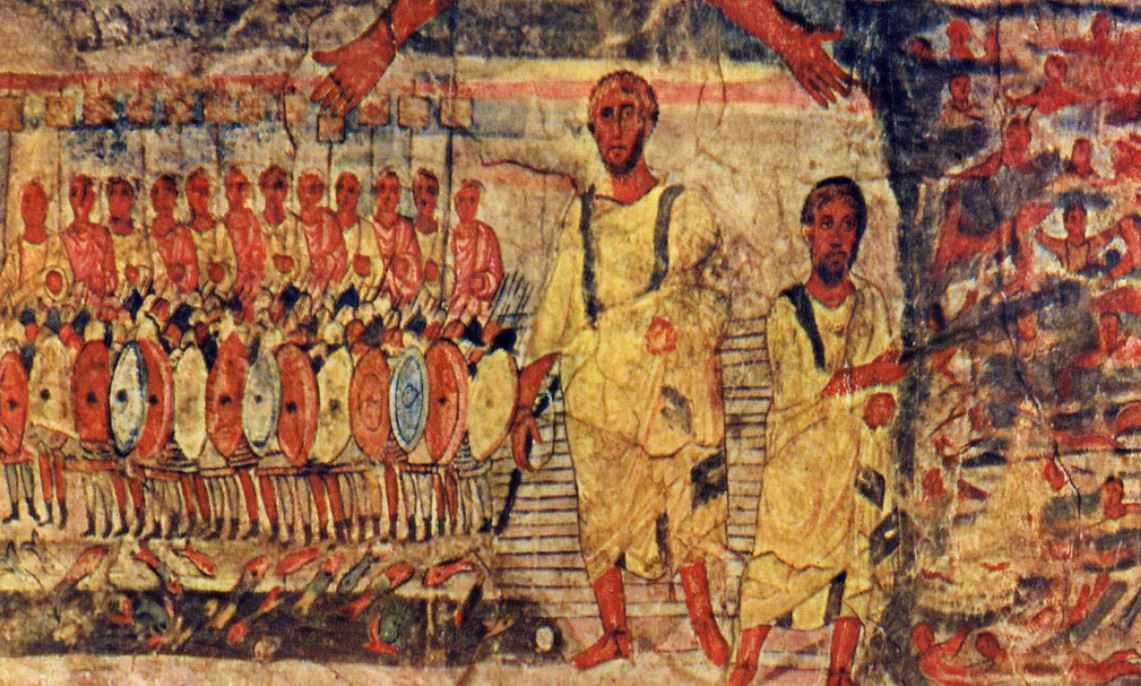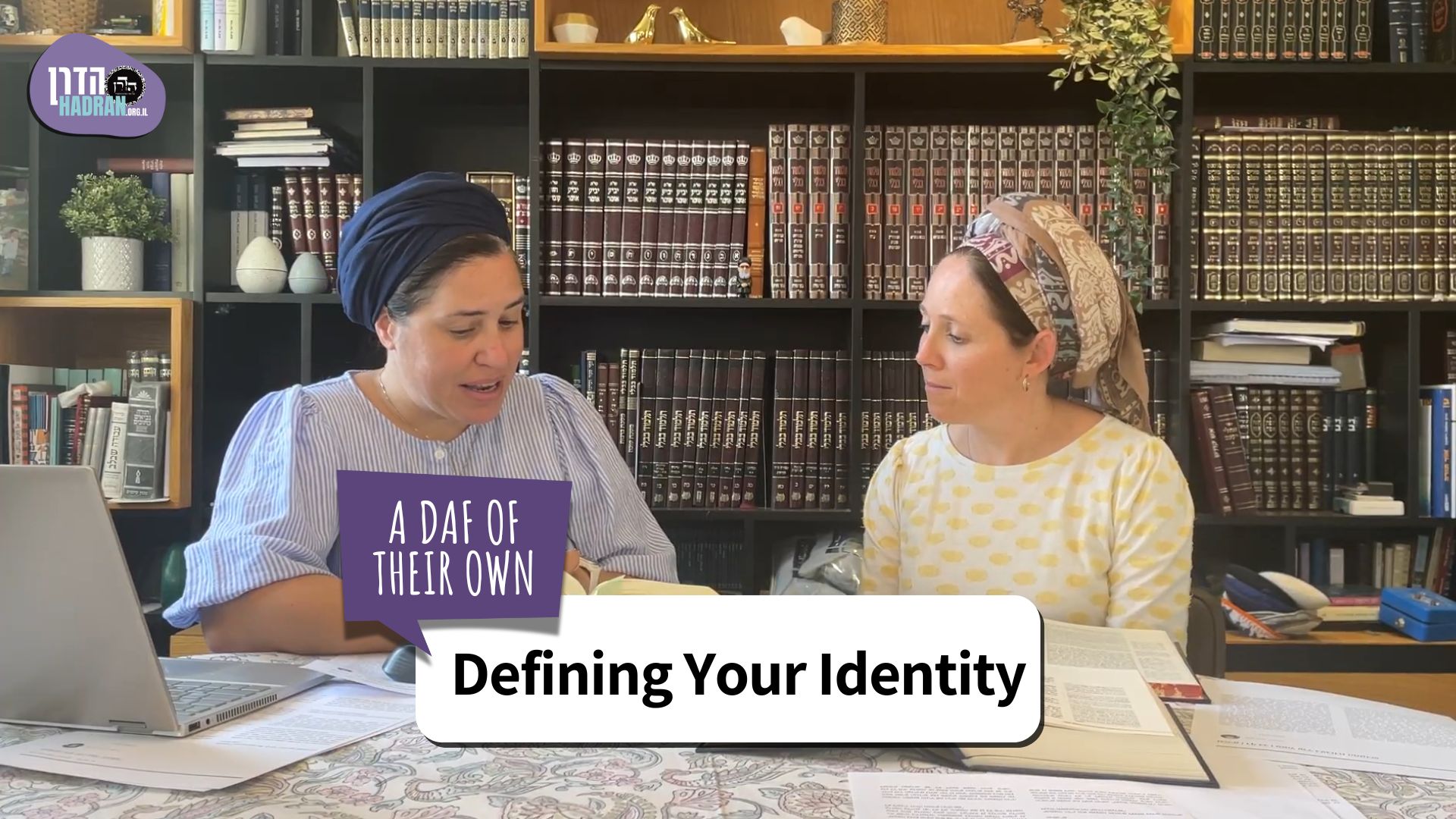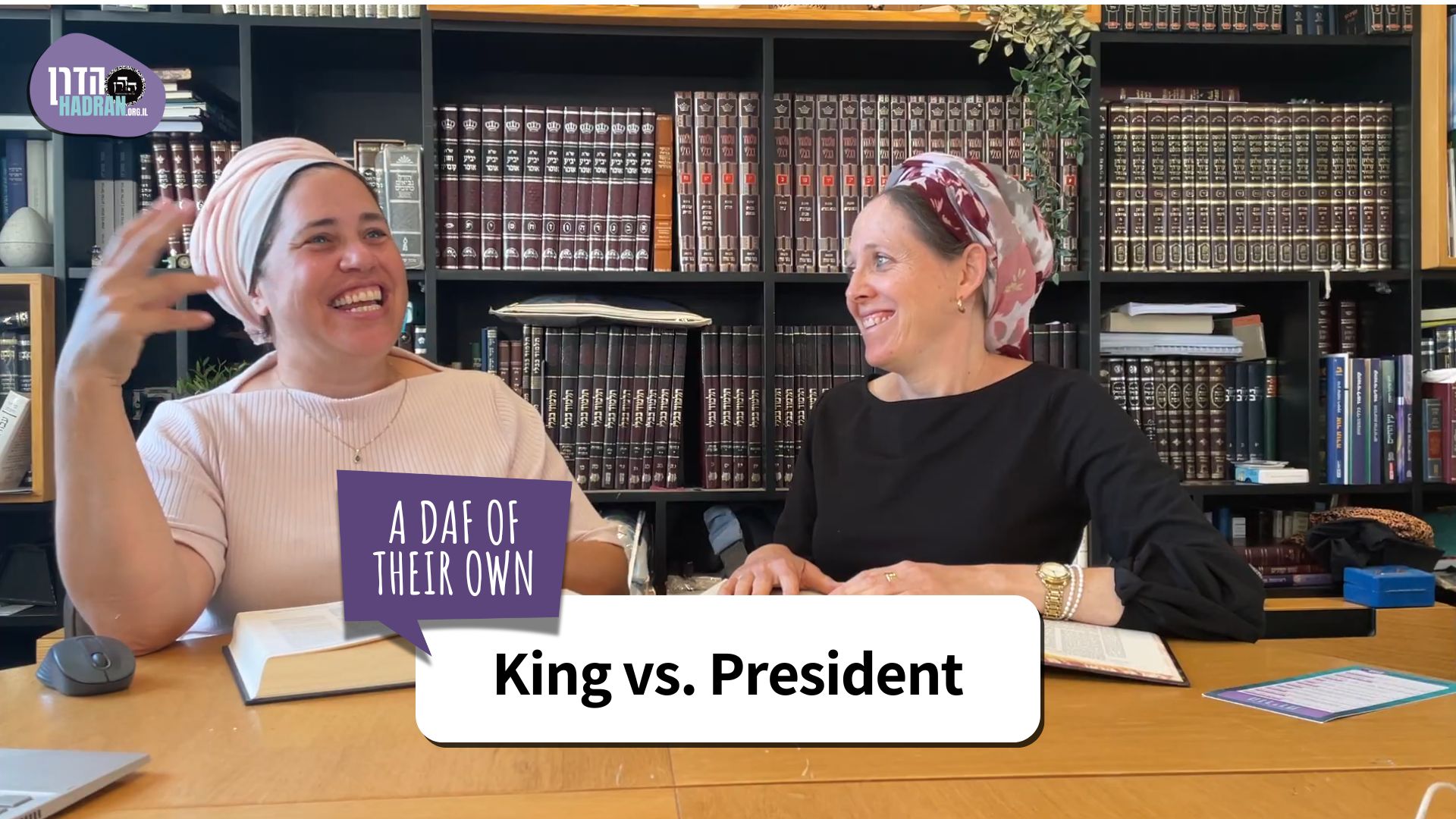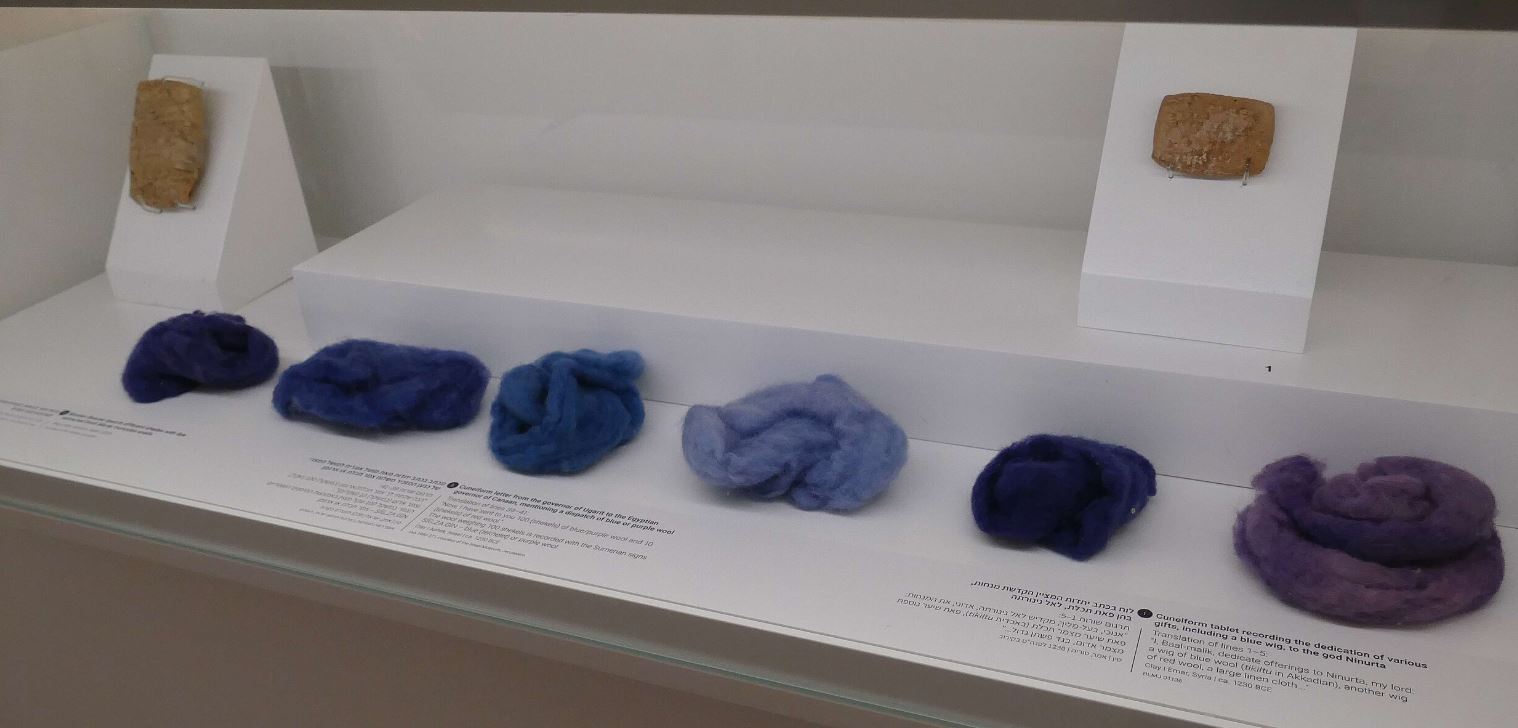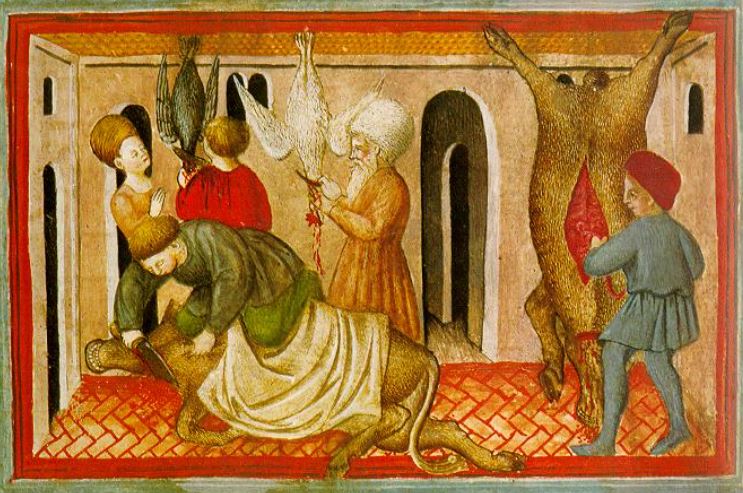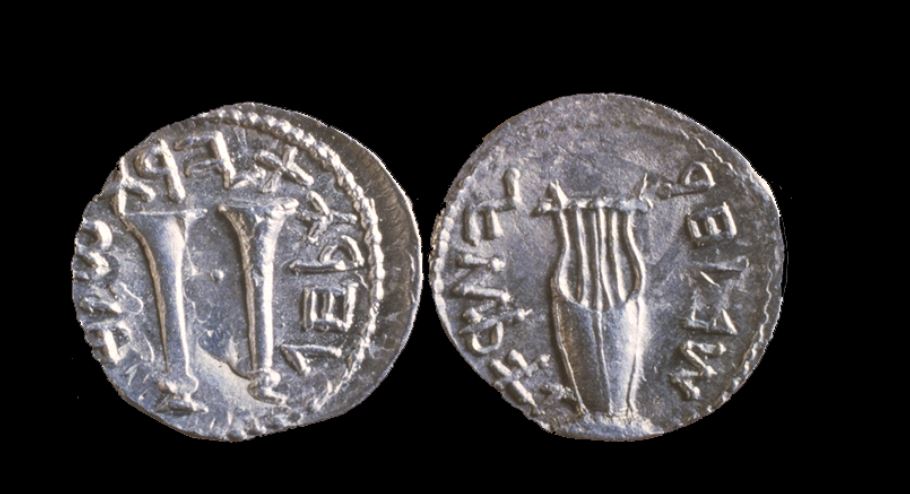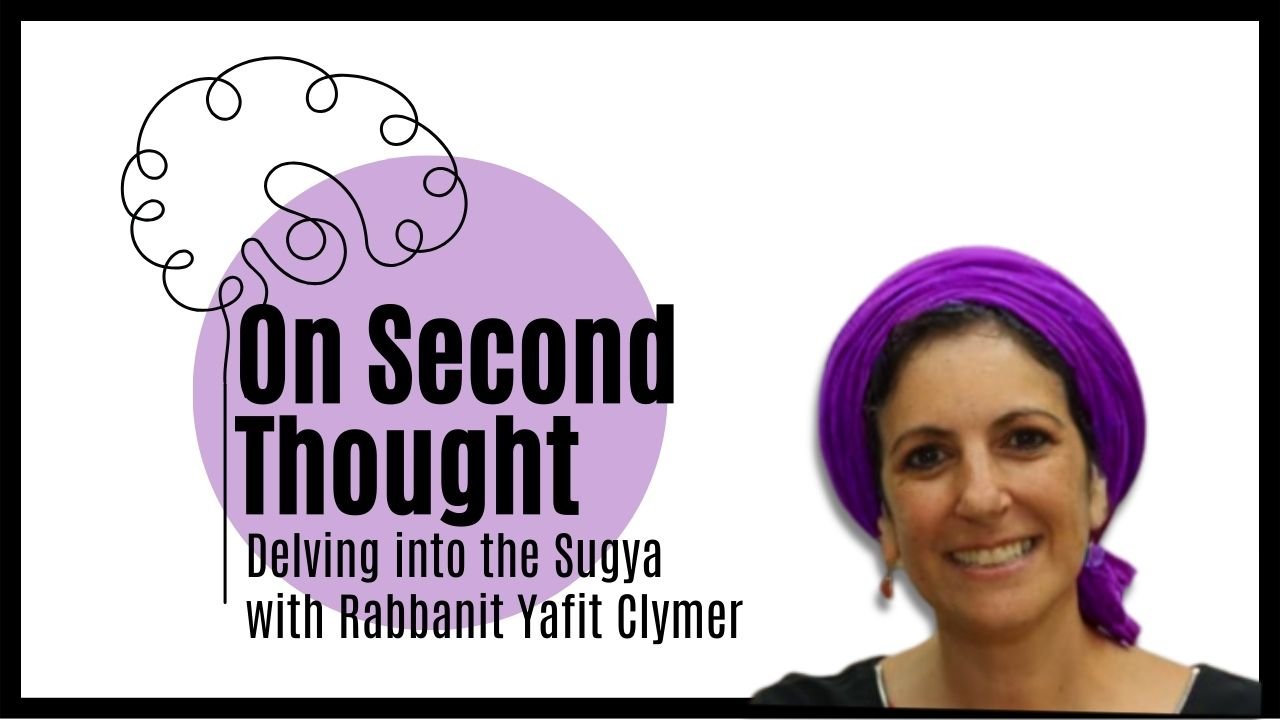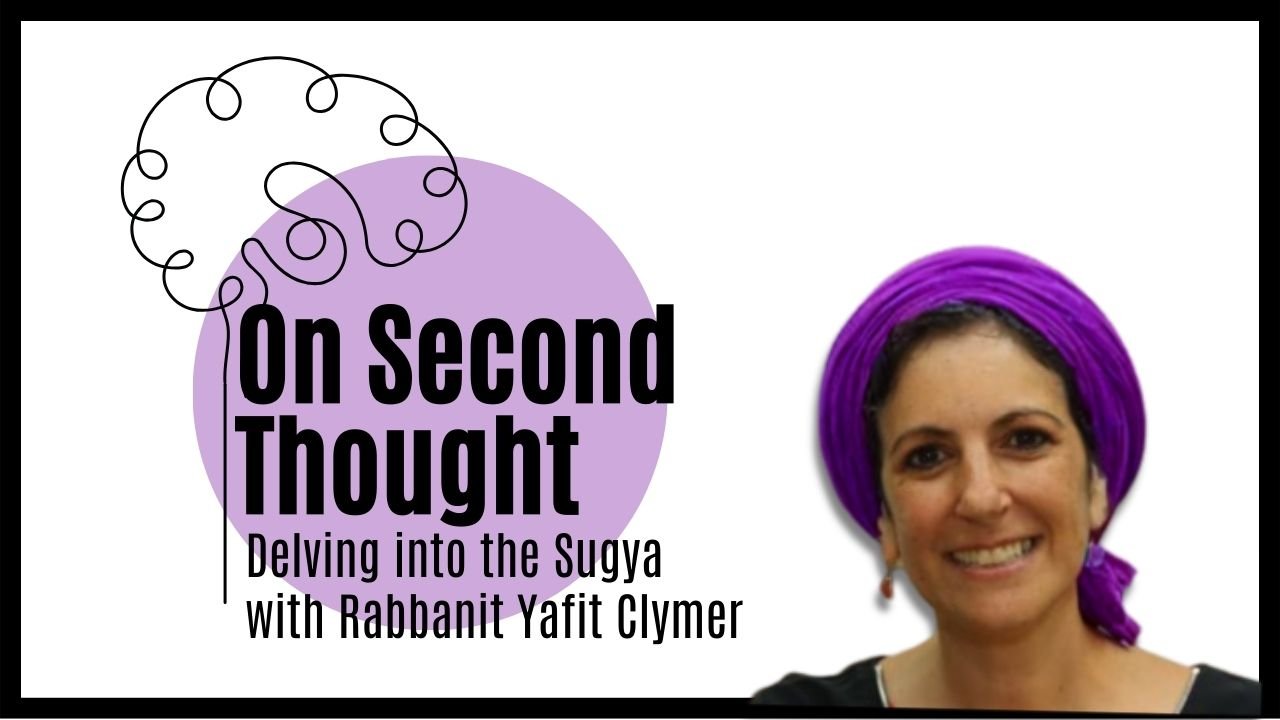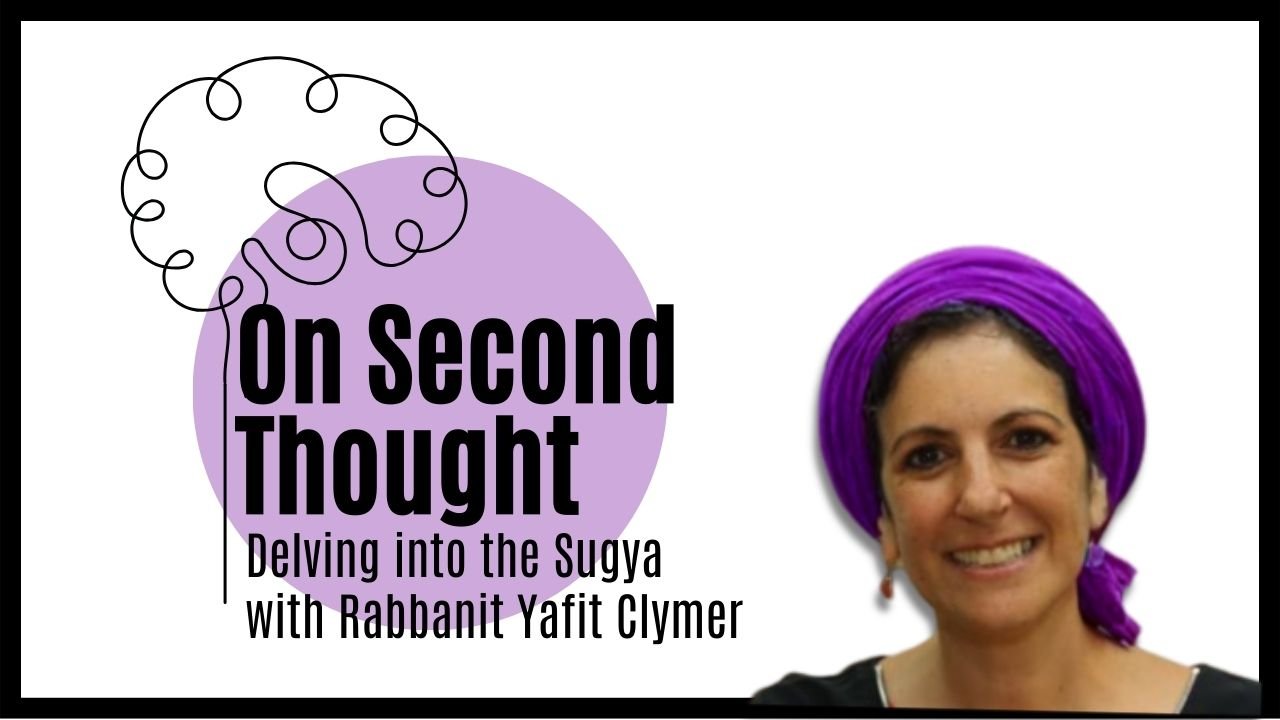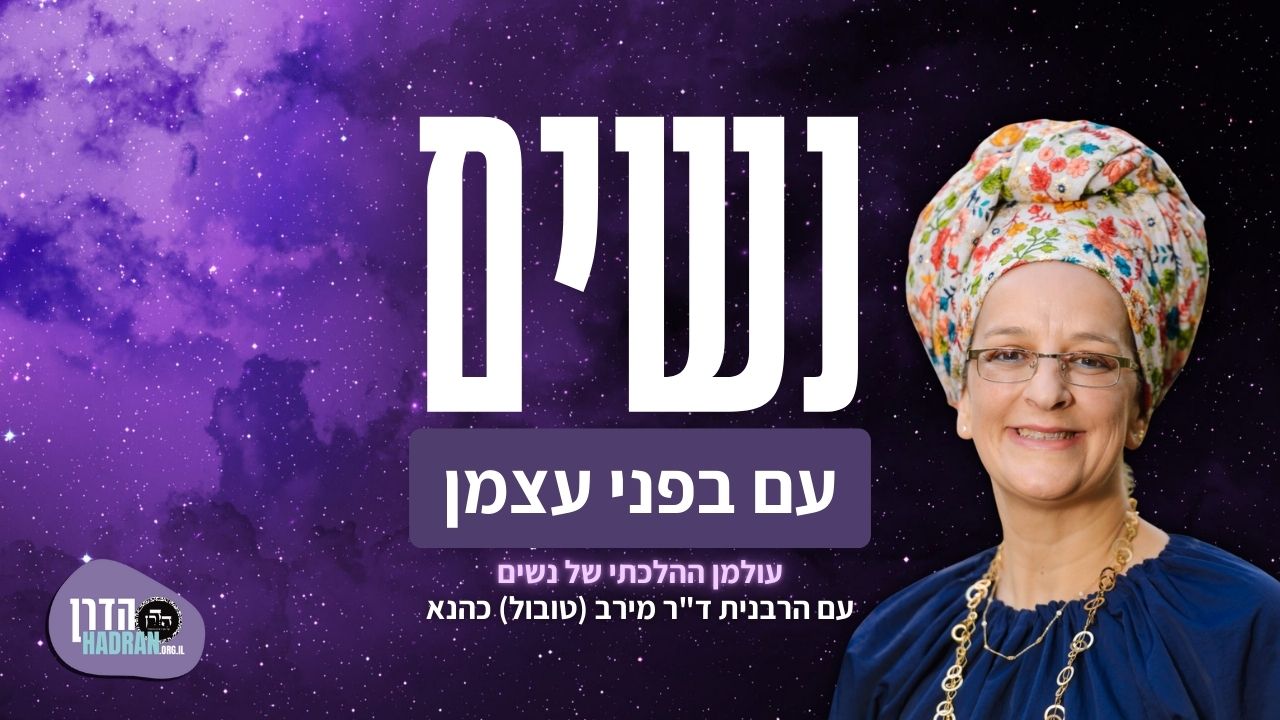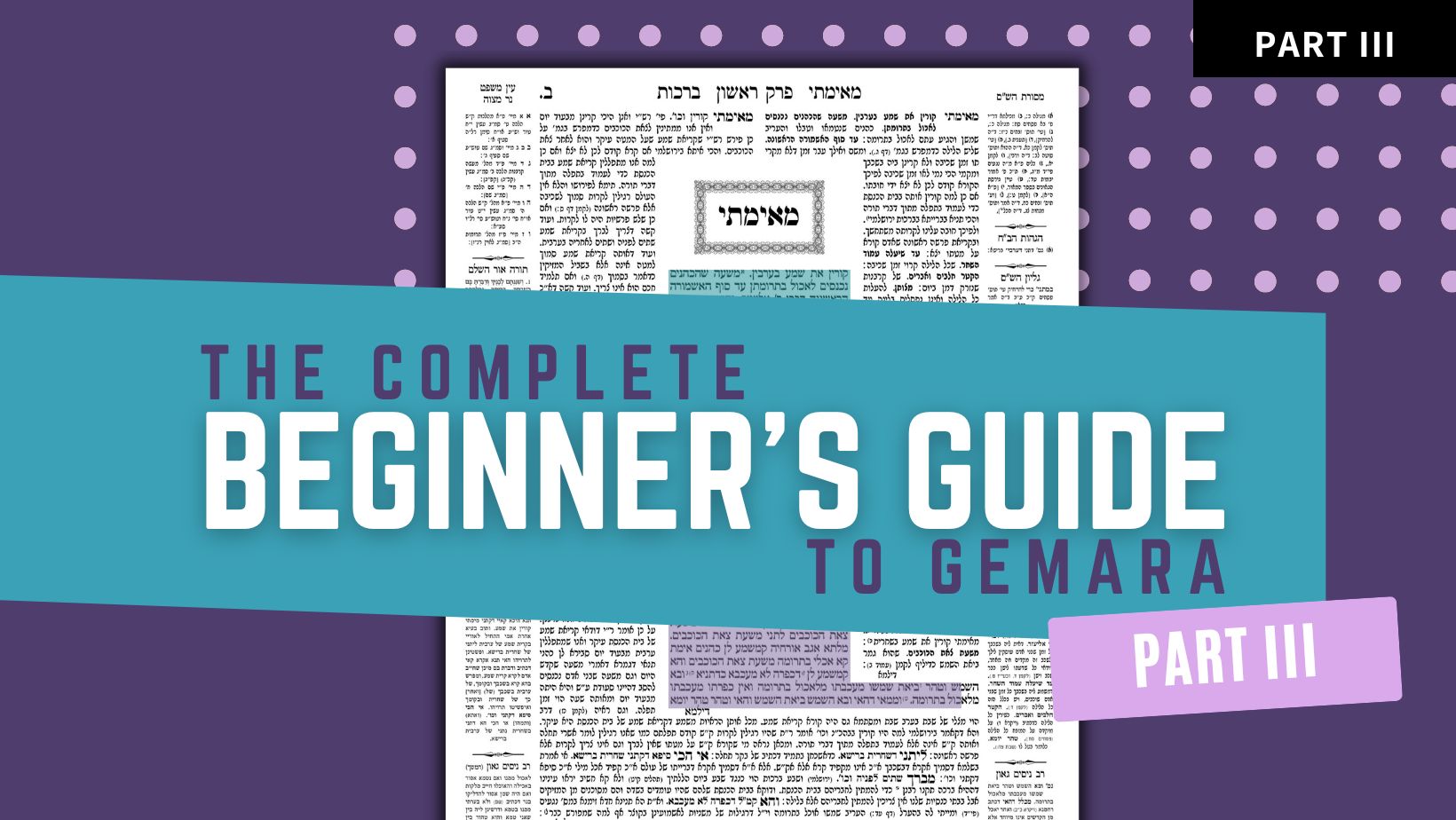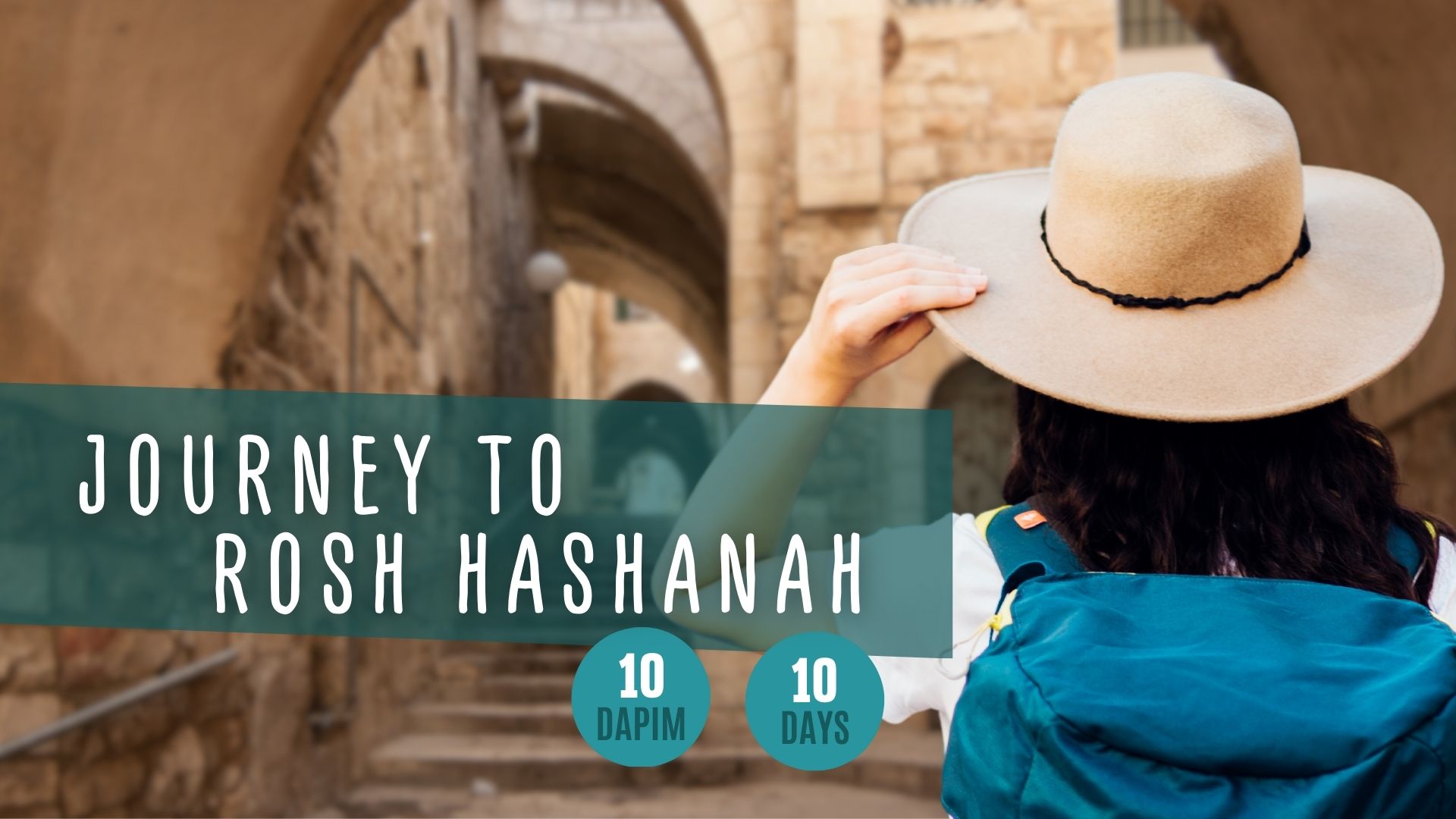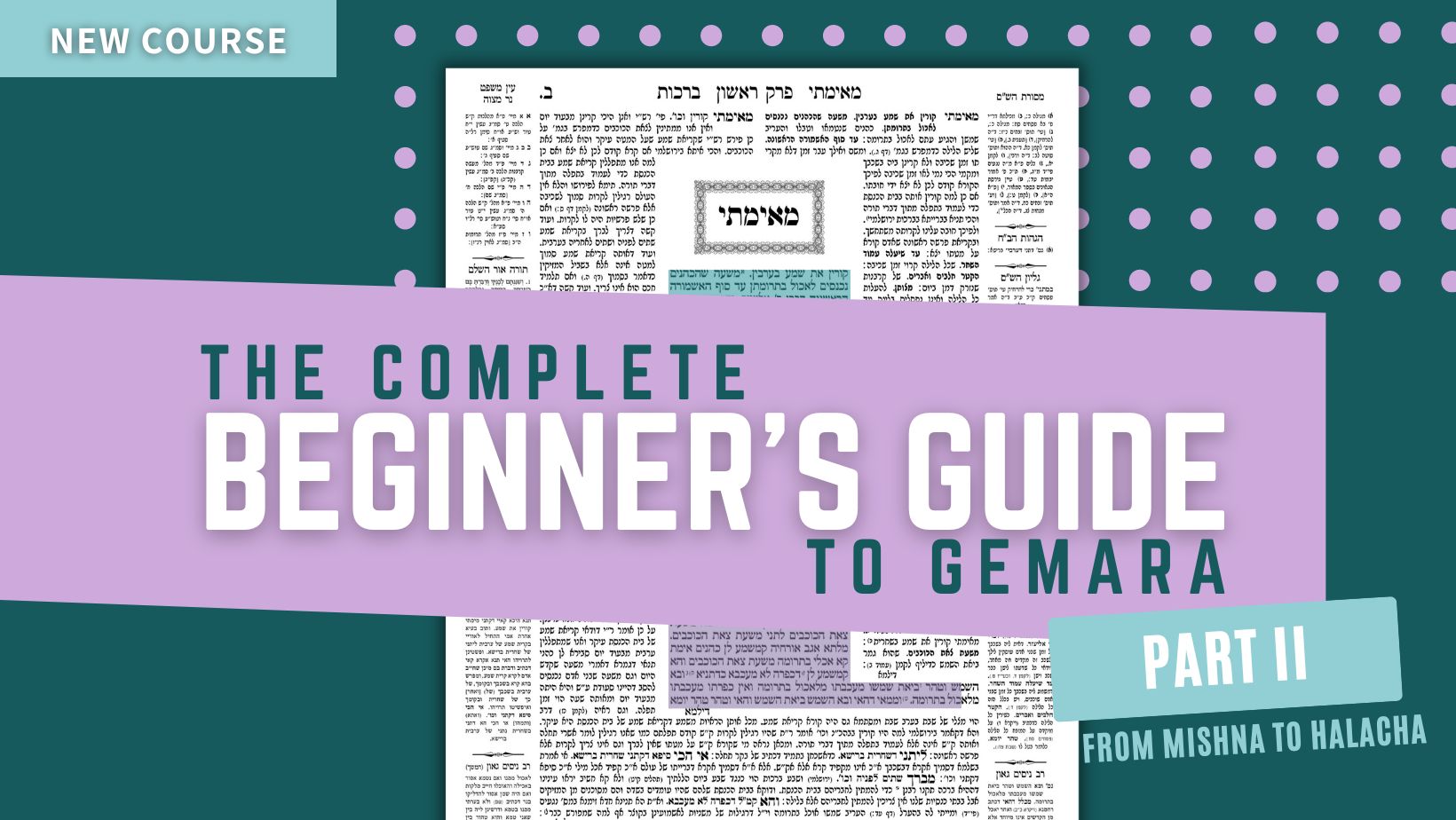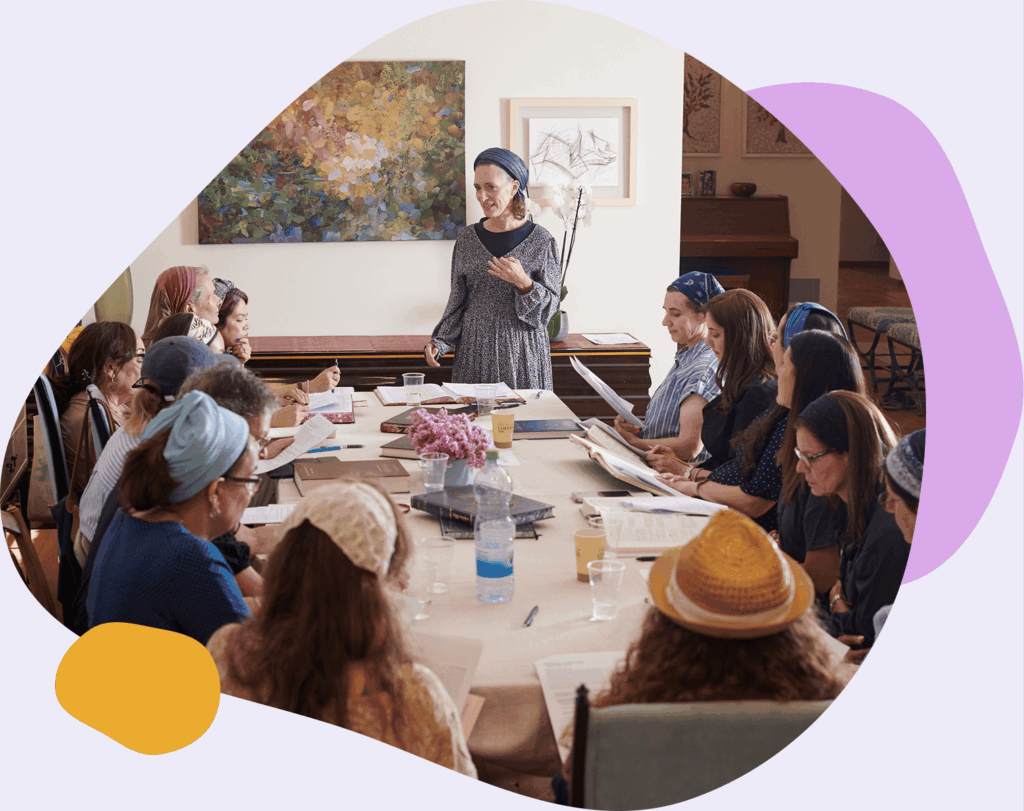
Hadran: Advancing Talmud Study for Women
Hadran supports Jewish women of all ages, backgrounds and skill levels with resources and inspiration to engage in Talmud study.
Zevachim 104
Rabbanit Michelle Farber
12.27.2025 | ז׳ בטבת תשפ״וStart Studying Talmud
Daf Yomi
Get ‘on the same page’ with Jews around the world on a daily basis.
Masechet
Select a section of the Talmud to suit your learning interests and schedule.
Beyond the Daf
Delve deep with weekly classes and podcasts from top women scholars.
Courses
Develop your Talmud study skills with self-paced online courses.
Circle of Friends
📣Please join Hadran’s Circle of Friends 2026!
As we approach the close of 2025, we pause to reflect with gratitude on the incredible year of Talmud learning we’ve shared together.
🌍Hadran is a growing community dedicated to making Talmud study part of daily life – rooted in tradition, driven by curiosity, and open to all – and YOU are an important part of it.
Support Hadran to keep Talmud learning accessible for thousands of women worldwide.
🎁Your gift empowers learners, yourself included, to become sources of inspiration, bringing Jewish knowledge and commitment into homes, conversations, and communities.
Together, we can make the study of the Talmud in 2026 more accessible to women, and more inspiring, and unifying than ever before.
💜Thank you for being part of our Hadran family!

Resources
Talmud, Your Way
Experience Talmud with daily or weekly shiurim from top women scholars, each with a different focus and flavor. There’s something here for everyone.
Recently added
Daf Yomi
Beyond the Daf
Din & Daf
A Daf of Their Own
Flashback
Gefet
On Second Thought
Daf Yomi: One Week at a Time
Talking Talmud
Beyond the Daf (HE)
Suggested for you
Your history
Talmud, Your Way
Experience Talmud with daily or weekly shiurim from top women scholars, each with a different focus and flavor. There’s something here for everyone.
Daf Yomi
Zevachim 103
The hide of burnt offerings is given to the kohanim, as stated in Vayikra 7:8. However, the Mishna explains that if the offering became disqualified before the blood was sprinkled, the kohanim do not receive the hide. If it was sacrificed for the sake of a different type of offering, since the sacrifice remains valid, the hide is given to the kohanim.
In addition to burnt offerings, the kohanim also receive the hides of all kodshei kodashim, such as guilt and sin offerings. This is derived through a kal va’chomer argument in the Mishna, but later a braita brings different opinions of how to derive this.
A braita records a debate between two tannaim regarding the phrase “the burnt offering of a man” in the verse that grants the kohen rights to the hide. One opinion says it excludes a burnt offering of hekdesh, property belonging to the Temple, while the other says it excludes the burnt offering of a convert. Three explanations are offered for what is meant by a burnt offering of hekdesh, and one explanation is given for the case of a convert, since a convert is certainly considered a “person.”
The three explanations of hekdesh are: a burnt offering brought from leftover funds of an offering; one who consecrates an offering for bedek habayit, the maintenance of the Temple; and one who consecrates all of their property, among which there were animals.
The exemption regarding a convert refers to a case where the convert designated a burnt offering and then died without heirs. Since the sacrifice is ownerless, it does not qualify as a “burnt offering of a man.”
A braita is cited to explain the derivation of the laws in the Mishna. Although the verse says “man,” the offerings of women and slaves are included as well, as is derived from a phrase in the verse. It also records a debate about how kodshei kodashim are included and kodashim kalim excluded from this law – whether it is learned from a kal va’chomer, from a verse, or whether no derivation is needed at all, since the hide always follows the meat, and the meat of other kodshei kodashim goes to the kohen.
The Mishna concludes that the determining factor for whether the hide goes to the kohen in a case where the meat was disqualified is whether the hide was still attached at the moment of disqualification.
Daf Yomi
Zevachim 102
Rav held that Moshe served as a kohen gadol. Four tannaitic sources are brought to challenge this position, but each one is ultimately resolved. A braita is then cited to show that whether Moshe was a kohen gadol is itself a tannaitic dispute.
One of the tannaitic views in that debate cites a statement of Rabbi Yehoshua ben Korcha: whenever the Torah uses the expression charon af, anger, it implies some concrete action or consequence. His statement is challenged by the verse in Shemot 11:8, where Moshe becomes angry at Pharaoh, yet no action seems to follow. Reish Lakish resolves this by saying that Moshe slapped Pharaoh in the face. This explanation is challenged by another statement of Reish Lakish, in which he says that Moshe showed respect toward Pharaoh. Two answers are offered to reconcile these conflicting statements.
Two verses are then brought to support the principle that one must show respect to a king, even a wicked king, one verse concerning Pharaoh and another concerning Ahab.
Earlier, a source had referred to Moshe as a king. However, Ulla stated that Moshe desired to be king but was not granted that status. Rava resolves this by qualifying Ulla’s statement: Moshe wished for his sons to inherit kingship, and that request was denied, but Moshe himself was indeed considered a king.
The Gemara then asks: from where do we derive that kohanim with any type of blemish are entitled to receive portions of the priestly gifts? Four braitot are cited, each offering a drasha that builds upon the previous one.
The Mishna states that those who cannot serve in the Temple do not receive a portion, which seems to contradict the ruling regarding blemished kohanim. Furthermore, the implication that those who do serve may eat is difficult in the case of impure kohanim during communal offerings, where they may serve, yet do not receive a portion. The Gemara explains how this contradiction is resolved.
Rav relates that Rabbi Elazar son of Rabbi Shimon was once in the bathroom and devised various arguments that a tevul yom might use to claim a share of sacrificial portions. Yet for every argument he proposed, a pure kohen could cite a verse proving that a tevul yom is excluded, since he cannot perform the Temple service. The Gemara then asks: how was Rabbi Elazar able to think Torah thoughts in the bathroom, something that is normally forbidden?
Daf Yomi
Zevachim 101
There is a dispute between Rabbi Nechemia and Rabbi Yehuda and Rabbi Shimon regarding the reason Aaron burned the sin‑offering goat on the eighth day of the inauguration (miluim). Rabbi Nehemiah holds that the reason was aninut (the status of a mourner on the day of death), whereas Rabbi Shimon and Rabbi Yehuda argue that the goat was burned because it had become impure. They raise three objections to Rabbi Nechemia’s position – how can these objections be resolved, and how does each of them interpret the verses in the passage?
When did Pinchas become a kohen?
According to Rav, Moshe served as the kohen gadol. The Gemara raises objections to his statement.
Daf Yomi
Zevachim 100
Three additional resolutions, bringing the total to five, are proposed to reconcile the contradiction between the two baraitot, each of which presents a different view of Rabbi Shimon on whether an onen may eat the Pesach offering at night. A challenge is raised against the third resolution, evidence is presented in support of the fourth, and a statement of Rava bar Rav Huna is cited to bolster the fifth.
Daf Yomi
Get ‘on the same page’ with Jews around the world on a daily basis.
Zevachim 103
Zevachim 102
Zevachim 101
Zevachim 100
Zevachim 99
Beyond the Daf
Explore relevant and thought-provoking topics that arise from the daf with fresh weekly Beyond the Daf content.
Zevachim Daf 94-101– Daf Yomi: One Week at a Time
Din & Daf: Aninut – Halakhah’s Immediate Response to Losing a Family Member
Din & Daf
Conceptual Analysis of Halakha Through Case Study with Dr. Elana Stein Hain In each session, we will delve into conceptual explorations of halakhic phenomena.
Din & Daf: Aninut – Halakhah’s Immediate Response to Losing a Family Member
A Daf of Their Own
Thought-provoking Talmudic discussions in a friendly, accessible style with Rabbanit Shira Marili Mirvis and Rabbanit Hamutal Shoval
Flashback
Flashback: a look into the reality of the Talmud. What was the time of the Talmud really like? How were the experiences different?
Gefet
Gemara, Perushim and Tosfot An in-depth (Iyun) Gemara shiur with Rabbanit Yael Shimoni and Shalhevet Schwartz Disclaimers: you do not have to be a daf learner to study Gefet. The texts are in Hebrew, the class teaching is in English. *In collaboration with Yeshivat Drisha
On Second Thought
On Second Thought: Delving Into the Sugya with Rabbanit Yafit Clymer
The Essence of the Incense and the Secret of the People
Spiritual Aspects of Korbanot: The Permission To Eat Meat
Spiritual Aspects of Korbanot: All About Blood
The Death Penalty in the Mishnah and Talmudic Era – On Second Thought
The Death Penalty in the Second Temple Period – On Second Thought
Daf Yomi: One Week at a Time
This shiur will allow you to connect to the worldwide phenomenon of Daf Yomi study, whether you learn the daf each day or just want to gain an overview of the entire Gemara.
Zevachim Daf 94-101– Daf Yomi: One Week at a Time
Zevachim Daf 87-93– Daf Yomi: One Week at a Time
Zevachim Daf 81-86– Daf Yomi: One Week at a Time
Zevachim Daf 74-80 – Daf Yomi: One Week at a Time
Zevachim Daf 66-73 – Daf Yomi: One Week at a Time
Zevachim Daf 58-65 – Daf Yomi: One Week at a Time
Talking Talmud
A conversation on the daf yomi with Anne Gordon and Yardaena Osband
Beyond the Daf (HE)
Explore weekly shiurim in Hebrew covering the most thought-provoking topics that arise from the daf.
Suggested for you
Your history
Courses
Take a Course
Develop your Talmud study skills with free, self-paced online courses by experienced Gemara teachers. All courses are designed to be relevant for beginners, as well as more advanced learners.
Masechtot
Learn a Masechet
Take a personalized, self-paced trip through Talmud study by choosing a masechet (tractate) that matches your interests and schedule.
Support Women’s Talmud Study
Your donation to Hadran enables us to create more resources and to reach and inspire more women all over the world.
The Hadran Learners’ Tapestry
Meet the diverse women learning Gemara with Hadran.
Read their stories and add your own.




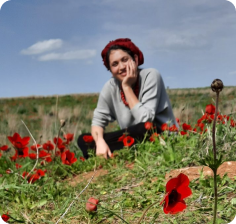

Register your free learner account now
With your free Hadran account, you can keep track of your learning options, choices and progress.
Progress tracker
Keep track of where you are in courses and masechtot.
Content updates
Follow the teachers you like. Get notified when they release new content.
Learning reminders
Receive reminders to help you keep up with your learning goals.
Account settings
Update your user and contact information.




